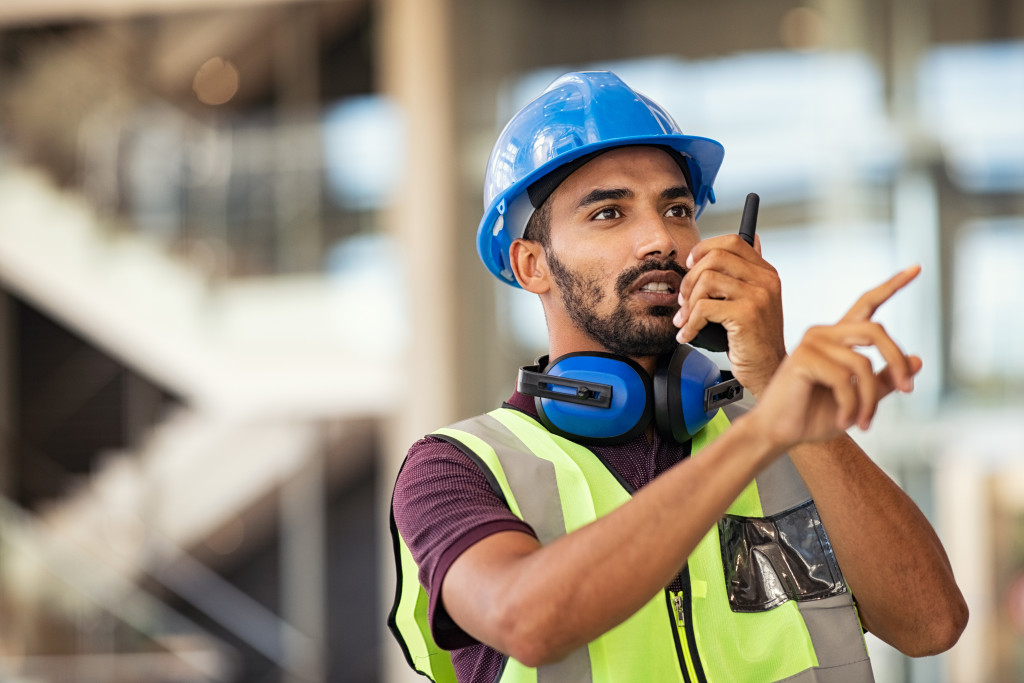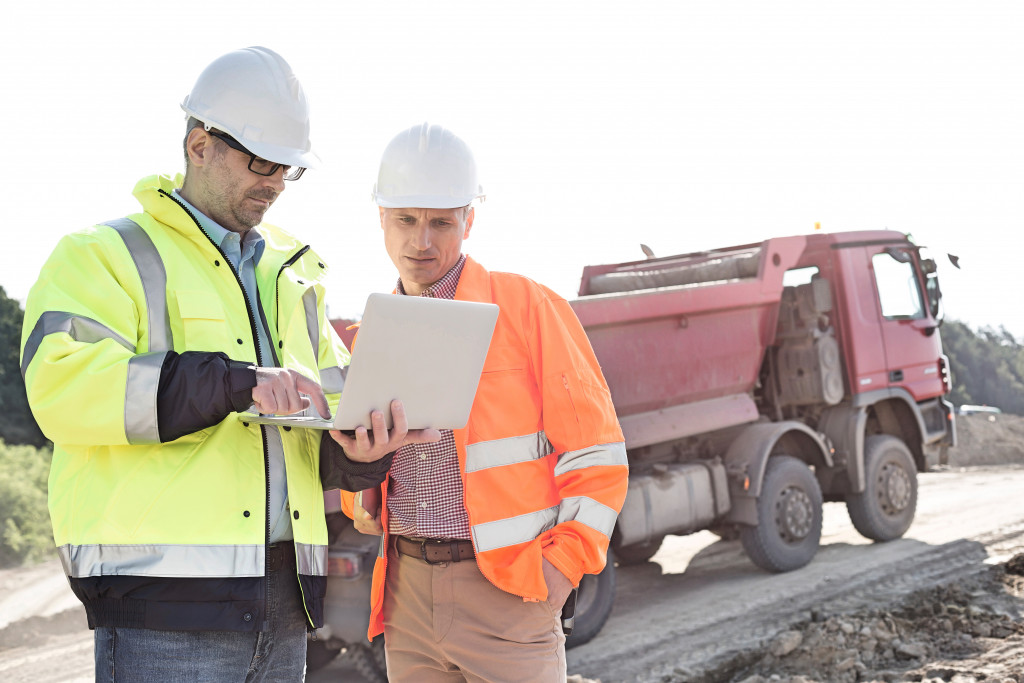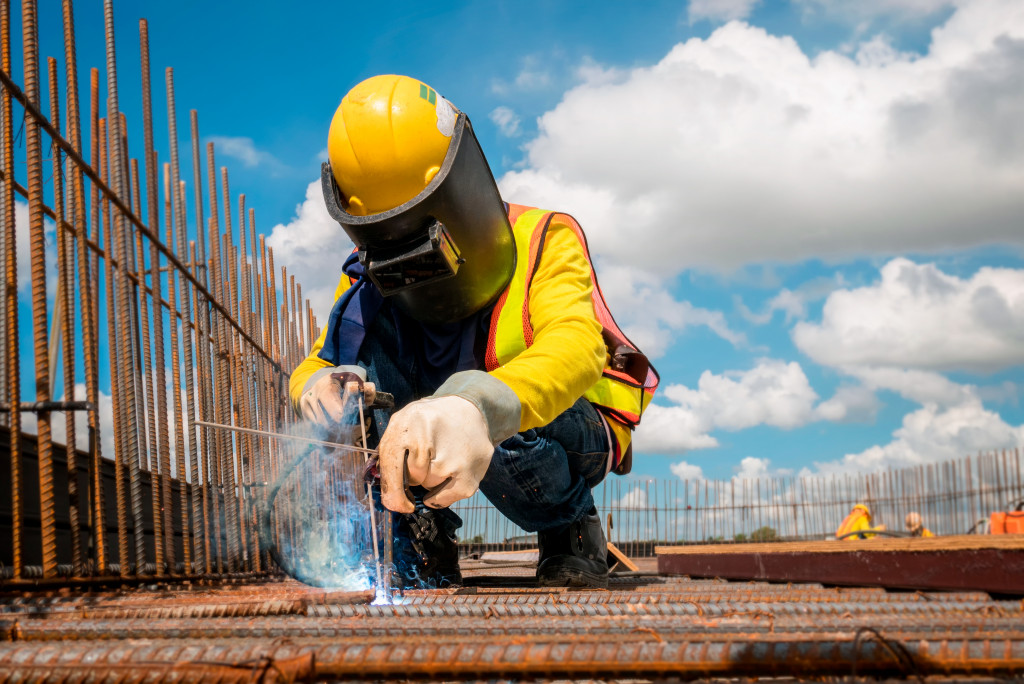- Effective communication and clear lines amongst stakeholders are crucial for efficient construction project management.
- Proactive safety measures, including using PPE and safety equipment, significantly reduce on-site accidents.
- Technological solutions like drones and BIM software enhance safety and efficiency in construction projects.
- Incentivizing efficiency and investing in worker training boost productivity and improve job satisfaction.
- Continuous improvement through regular evaluations ensures the adoption of new technologies and best practices.
Efficiency and safety are two of the most crucial aspects of a construction project. Without proper measures to ensure these, the project will suffer, and the workers and the company will suffer. In a high-risk industry like construction, it’s crucial to ensure that safety measures are in place and efficiency is optimized, not just to get the work done but also to prevent accidents and ensure worker satisfaction.
For business owners and entrepreneurs in the construction industry, it can be challenging to know where to begin optimizing safety and efficiency on the project site. Fortunately, there are several proven strategies and best practices that have been proven effective. This blog post will discuss them in detail.

Prioritize Communication
Communication is key in any construction project. From the planning to the execution phase, all stakeholders must be on the same page concerning the project’s goals, timelines, and expectations. Regular communication and check-ins can help prevent misunderstandings and ensure everyone knows their responsibilities.
Clear Communication Lines
It is essential to establish clear lines of communication between the project manager, contractors, architects, engineers, and other relevant parties. This can be done through regular meetings, phone calls, emails, or any other preferred method of communication. Additionally, having a centralized hub for all project-related communication and documentation can help ensure that all stakeholders are always on the same page.
Proactive Safety Measures
Safety should always be at the forefront of every construction project. Identifying potential hazards, assessing risks, and proactively mitigating them is essential. Depending on the project’s scope and nature, you may need to provide your workers Personal Protective Equipment (PPE) and training. Additionally, setting up safety protocols and conducting regular checks can reduce the risk of accidents on the job site.
Use Safety Equipment
Aside from PPE, you should also use safety equipment such as barricades, scaffolding, and harnesses to ensure the safety of workers. These tools help prevent falls and other accidents that can lead to severe injuries or death. To lift heavy loads to the higher levels of a building, you should use heavy-duty lifting chains. These chains are designed to withstand heavy loads and provide stability during lifting.
Adopt Technological Solutions
Technology can be a game-changer in optimizing safety and efficiency on the job site. From using drones to assess areas of the site that are difficult to access to equipping workers with wearable tech, several technological solutions can make your construction project safer and more efficient. Digital tools such as Building Information Modeling (BIM) can streamline project planning and execution, reducing time and costs. BIM also allows for better visualization of the project, identifying potential hazards and conflicts before they occur.
Software and Apps
Additionally, specialized software and apps are now available that can help with real-time communication between team members, tracking progress, and managing tasks. This can improve collaboration and coordination among workers, preventing delays and errors.
Incentivize Efficiency
Motivating workers to perform their tasks efficiently is an excellent way to boost productivity and reduce costs. Incentivizing efficiency can take many forms, such as offering bonuses for meeting project milestones or providing additional training opportunities for workers who show exceptional productivity. These can not only improve efficiency but also have a positive impact on worker satisfaction and retention.
Training and Development
Investing in training and development programs for workers can also contribute to their efficiency. New skills and knowledge can help them perform tasks more efficiently, improving overall project performance. It’s important to remember that skilled workers are more likely to be efficient and safe on the job site.

Continuous Improvement
Finally, it’s crucial to prioritize continuous improvement when it comes to safety and efficiency on the job site. Regular evaluations and assessments can identify areas where improvement is needed and help you stay up-to-date with new technologies and best practices.
Striving to Improve
By continuously striving to improve, you can ensure that your construction projects are efficient, safe, and of the highest quality. So, it’s worth putting in the time and effort to regularly evaluate and improve your project processes.
Optimizing safety and efficiency on the project site is more than just getting the work done faster or cheaper. It’s about ensuring that your workers feel safe and valued, that your project meets its goals, and that your company maintains a good reputation. You can optimize your construction project’s safety and efficiency by prioritizing communication, proactive safety measures, adopting technological solutions, incentivizing efficiency, and prioritizing continuous improvement.
